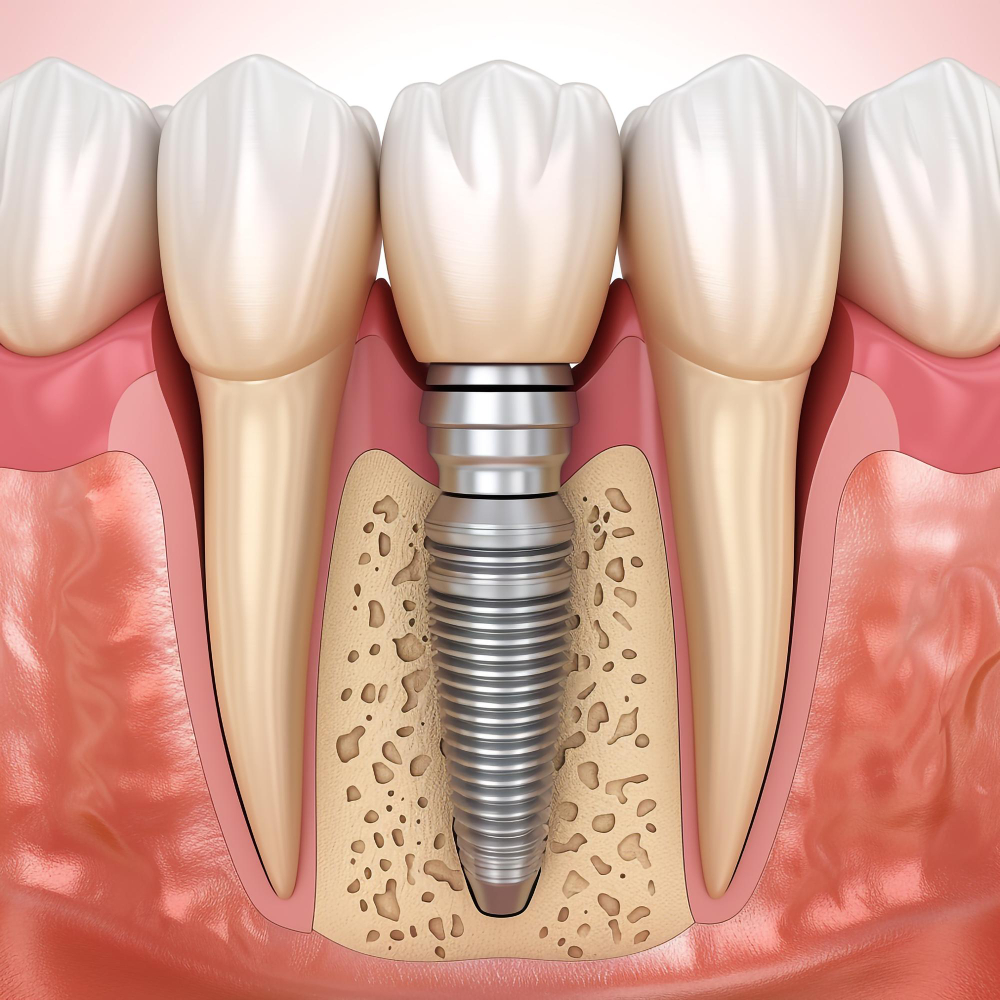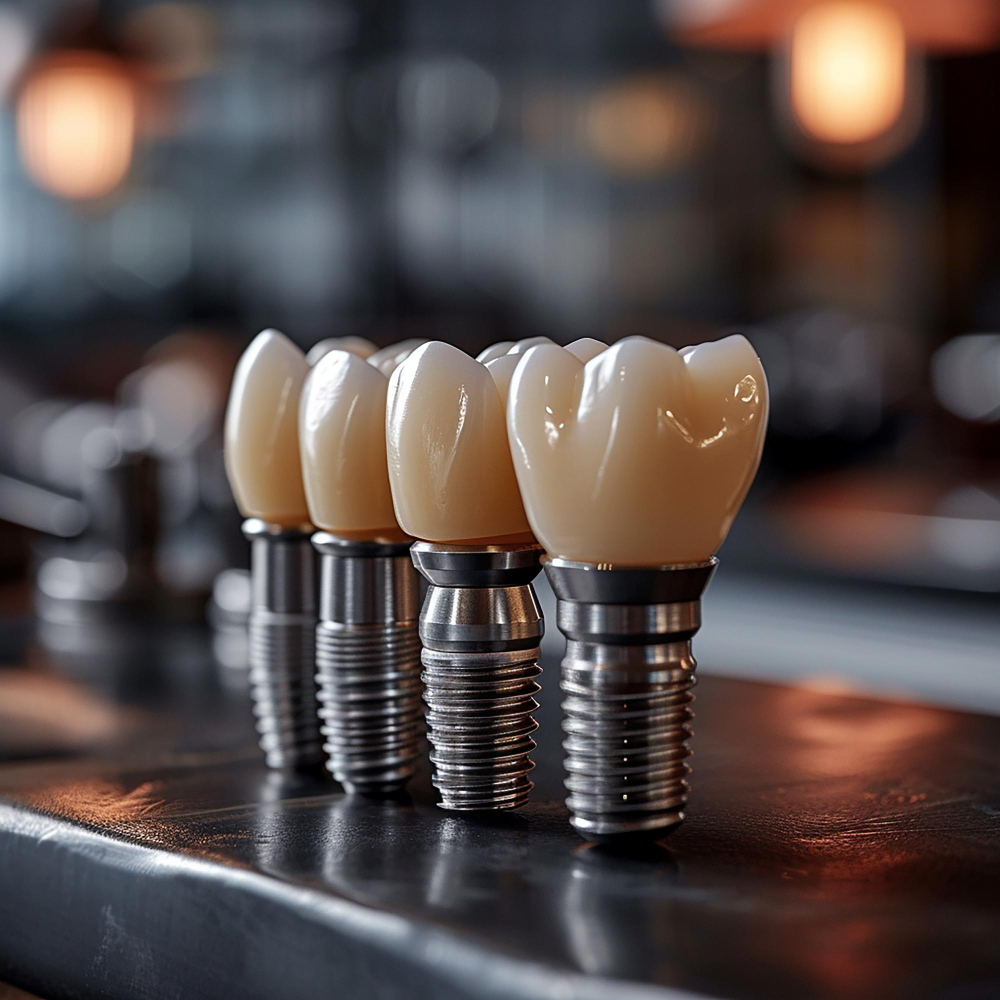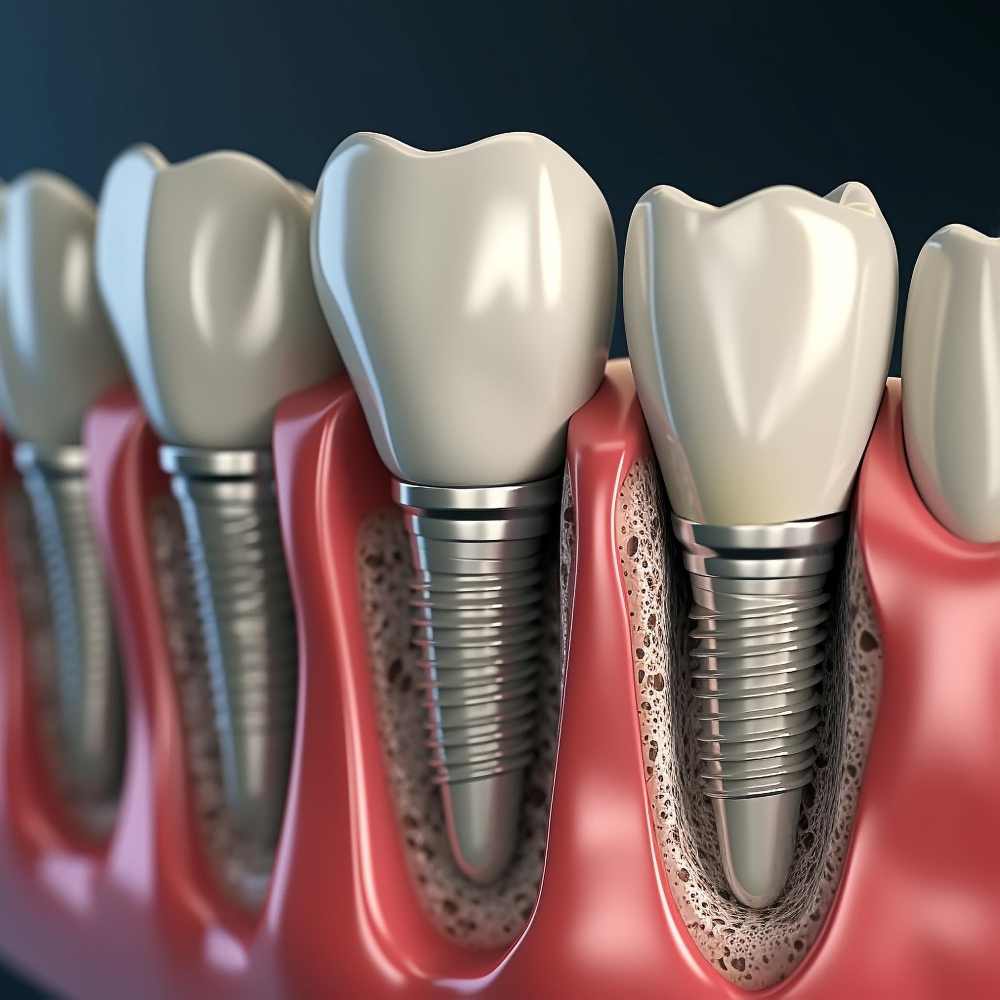Introduction
Dental implants are one of the most effective and long-lasting solutions for replacing missing teeth. However, for an implant to succeed, it must be anchored securely into a healthy, strong jawbone. Unfortunately, many patients suffer from bone loss (bone resorption) due to tooth loss, infection, trauma, or aging.
In such cases, bone grafting becomes an essential step before or during implant placement. This article explains when bone grafting is needed, the types of bone grafts available, and why ALL ON X Clinic in Istanbul is considered one of the best dental centers in Turkey for performing advanced bone grafting and implant procedures.
What Is Bone Grafting in Dentistry?
Bone grafting is a surgical procedure that rebuilds and strengthens the jawbone in preparation for a dental implant. It involves placing bone or bone-like materials into the jaw to stimulate new bone growth and provide a solid foundation for implants.
When Is Bone Grafting Necessary for Dental Implants?
Bone grafting is recommended in cases such as:
1. Long-Term Tooth Loss
When a tooth has been missing for months or years, the jawbone beneath it gradually shrinks due to lack of stimulation.
2. Periodontal Disease
Advanced gum disease can erode the jawbone, leaving insufficient bone mass to support an implant.
3. Trauma or Injury
Facial injuries may result in fractures or loss of bone structure in the jaw.
4. Sinus Expansion (in Upper Jaw)
In the upper back jaw, bone may be thin or the sinus too close, requiring a sinus lift with bone grafting.
5. Bone Deficiencies Discovered in 3D Scans
Sometimes, routine imaging like CBCT scans reveal hidden bone volume loss, even in patients who appear to be good candidates.
Types of Bone Grafts Used in Implant Dentistry
1. Autografts (Autogenous Grafts)
- Bone is taken from the patient’s own body (often the chin, jaw, or hip).
- Highest compatibility and regeneration potential.
- Requires a second surgical site.
2. Allografts
- Bone derived from human donors and processed for safety.
- No need for second surgical site.
- Common and effective in many implant cases.
3. Xenografts
- Bone sourced from animals, usually bovine (cow).
- Provides a scaffold for new bone growth.
- Highly biocompatible and widely used.
4. Alloplasts (Synthetic Materials)
- Man-made materials such as calcium phosphate.
- Suitable for minor defects or supplemental use.
Types of Bone Grafting Procedures
✅ Socket Preservation
Performed immediately after tooth extraction to prevent bone loss.
✅ Ridge Augmentation
Used to increase bone width or height before implant placement.
✅ Sinus Lift (Sinus Augmentation)
Elevates the sinus membrane and adds bone below it in the upper jaw.
✅ Block Graft
A block of bone is fixed into place for large or severe defects.
Healing Time After Bone Grafting
Healing duration depends on the graft type and size:
- Minor grafts: 3–4 months
- Major grafts or sinus lifts: 6–9 months
- Implant placement is only done when bone is fully integrated
Risks & Success Factors
While bone grafting is safe and predictable, its success depends on:
- The patient’s health and bone metabolism
- Smoking status (smokers have reduced healing)
- Infection control and post-op care
- The experience of the surgical team
That’s why choosing a specialized clinic is essential for grafting success.
Why Choose ALL ON X Clinic in Istanbul for Bone Grafting?
ALL ON X is one of the top-rated dental clinics in Turkey, offering advanced implant solutions with or without bone grafting.
Why patients trust ALL ON X:
- Expert implantologists and maxillofacial surgeons
- Use of CBCT 3D imaging for precision planning
- Access to high-quality grafting materials
- Minimally invasive techniques for faster healing
- Multilingual team for international patients (English, Arabic, Turkish)
- Full support for dental tourism (accommodation + transport)
Whether you need minor grafting or a complex sinus lift, ALL ON X Clinic ensures safe, predictable, and long-lasting results.
Frequently Asked Questions (FAQ)
Q: Is bone grafting painful?
A: The procedure is done under local anesthesia. Some discomfort may occur post-op but is manageable with medication.
Q: Can implants be placed at the same time as the graft?
A: In some cases, yes. But for major bone loss, grafting is done first, and implants are placed after healing.
Q: How do I know if I need a bone graft?
A: A CBCT scan will determine bone volume and density. Your dentist will advise accordingly.
Conclusion
Bone grafting is often a vital step for ensuring dental implant success, especially in patients with bone loss due to tooth extraction, gum disease, or trauma.
For patients seeking expert care, ALL ON X Clinic in Istanbul offers advanced diagnostic tools, experienced surgeons, and comprehensive support—from bone grafting to full smile restoration.
📍 Book your consultation today and discover if bone grafting is the right step toward your perfect smile.









